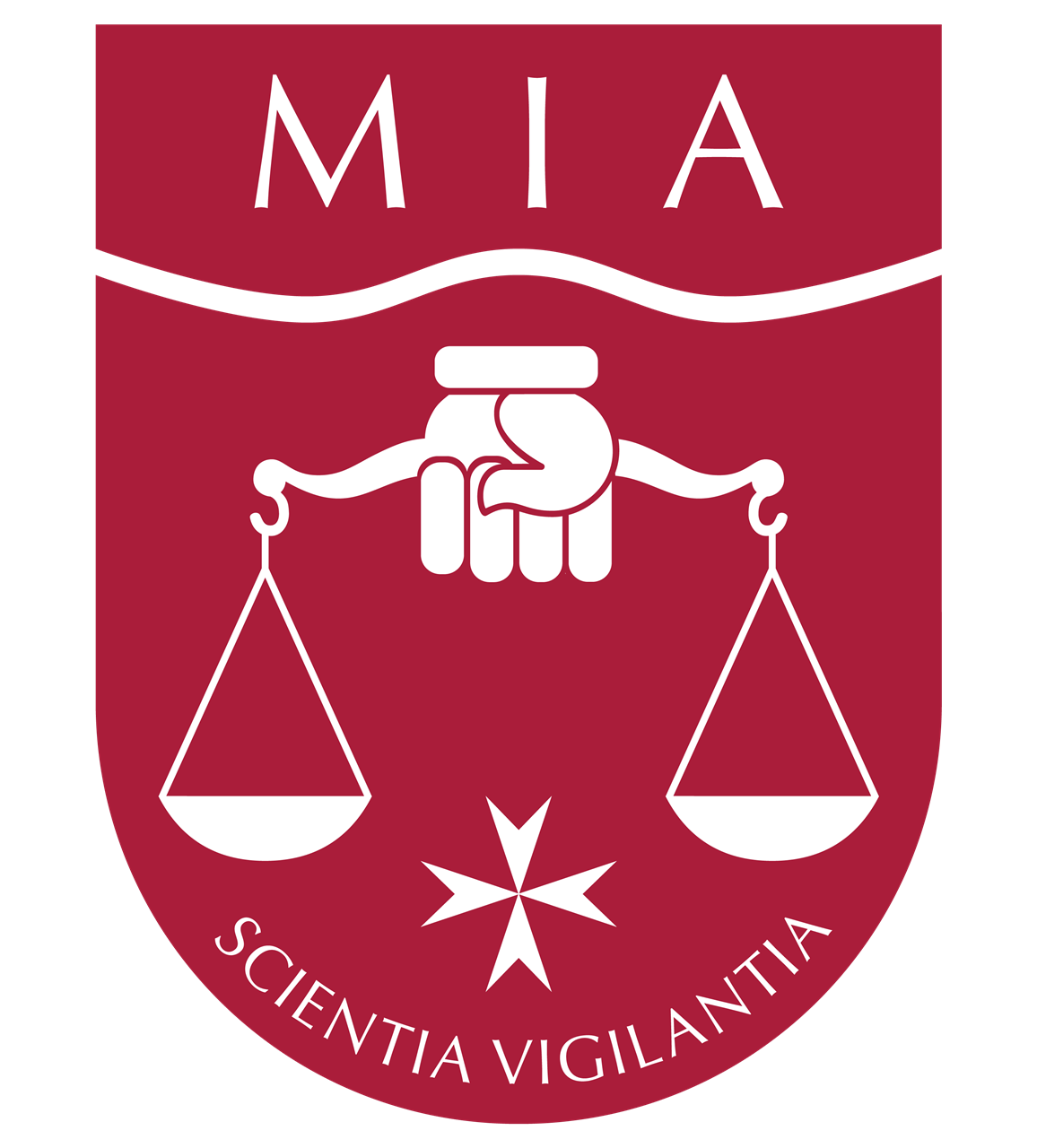The Accountant – Issue 1 of 2021 (MIA Publication)
Financial reporting preparers need to be aware of significant differences between IFRS and GAPSME when companies own intangible assets. In respect of intangible assets, IFRS financial statements are governed by IAS 38 ‘Intangible Assets’ whilst GAPSME financial statements are regulated by Section 11 of the legislation, namely ‘Intangible Assets Other Than Goodwill’.
The principles to follow when recognising intangible assets are the same, irrespective of the accounting framework adopted. In fact, both frameworks define intangible assets in the same way:
“An intangible asset is an identifiable non-monetary asset without physical substance”.
This means that a number of criteria need to be met for an expenditure event to result in the recognition of the item of expenditure in question as an intangible asset:
- The item is identifiable.
- The item of expenditure is non-monetary, rather than monetary.
- The entity controls the item.
- The entity will probably enjoy future economic benefits from the item.
- The entity can reliably measure the item.
- The item lacks physical substance.
The item is within scope of IAS 38 (GAPSME does not specify which assets are in scope, but the same principles apply under both accounting frameworks).
A challenging area is the treatment of research and development expenditure. Preparers are challenged when deciding whether to recognise an expense or an intangible asset. The accounting treatment is identical under IFRS and GAPSME. All research expenditure is expensed, whereas development costs are capitalised (that is, recognised as intangible assets) only from the point in time when six criteria are met. These criteria are listed under both IFRS and GAPSME, and are commonly referred to as the ‘PIRATE’ criteria:
- Probability of generating future economic benefits.
- Intention to complete the intangible asset.
- Resources available (technical, financial etc).
- Ability to use or sell the intangible asset.
- Technical feasibility of completing the intangible asset.
- Estimate of development expenditure attributable to the intangible asset can be measured reliably.
Whereas the accounting framework can be disregarded when it comes to recognition, the opposite is true in terms of measurement. When recognising an intangible asset, an entity needs to choose which model it shall apply.
IFRS offers a choice between the cost model and the revaluation model – although the latter is available only if the intangible asset is being traded on an active market. It is quite rare that intangible assets are traded on an active market, but cryptocurrency is a significant exception to this. Under the cost model, intangible assets are amortised over their useful life. On the other hand, under the revaluation model, intangible assets are revaluated on a regular basis, and subsequently amortised (and possibly also impaired).
GAPSME, on the other hand, does not offer a choice. GAPSME requires the use of the cost model and requires amortisation of intangible assets over the estimated useful life. GAPSME explicitly prohibits the revaluation of intangible assets. Intangible assets are also subject to impairment under GAPSME.
There is another difference between IFRS and GAPSME. IFRS acknowledges that certain intangible assets have an indefinite useful life. Such assets are not amortised but need to be tested annually for impairment. GAPSME mandates that intangible assets must be amortised over a suitable number of years. GAPSME provides further that, in exceptional cases where the useful life attributable to development costs cannot be reliably estimated, these are to be written off over not more than 10 years. IFRS does not have this specific provision, due to the fact that it offers an indefinite life route for such assets.
IFRS requires an annual impairment test when intangible assets have an indefinite useful life. This requirement also applies to intangibles not yet ready for use. Under GAPSME, all intangible assets are subject to impairment only in the existence of an impairment indicator.
It is relevant, in the current COVID-19 reality, to mention that all assets within the scope of IAS 36 ‘Impairment Of Assets’ – or, in the case of GAPSME, Section 12 ‘Impairment Of Assets’ – are considered to be subject to an impairment test since COVID-19 is considered to be an impairment indicator. This however applies, generally speaking, only for financial year-ends happening on or after March 2020, since for earlier periods, COVID-19 is considered a post-balance sheet event.
A suitable point to address relates to the treatment of GAPSME companies with cryptocurrencies held for the long term – which are classified as intangible assets. Should these be measured under the cost model under GAPSME (and be amortised) or not? And if they should be amortised, what should the period of amortisation be? As required by GAPSME Section 3.19, the reasonable approach in this case would be to depart from GAPSME for a more true and fair view. This approach makes more sense to show such assets at their fair value at the end of the year without being amortised.
A final clarification relates to goodwill. It is out of scope of both GAPSME Section 11 as well as IAS 38.
However, its nature resembles that of an intangible asset. Goodwill is recognised upon a business combination under both IFRS and GAPSME, and only if the purchase consideration exceeds the fair value of assets and liabilities taken over. However, GAPSME requires amortisation of goodwill whereas IFRS prohibits it. Under GAPSME, goodwill is amortised straight-line, over a maximum of 20 years.

Paul Zammit, an IFRS specialist at Zampa Debattista, provides advisory and training services in relation to complex financial reporting matters.


